Gary Morris and his wife went strawberry picking in mid-June, combing the low bushes to find the ruby-red gems hidden amongst the green leaves. To get to some of the lowest fruit, Morris, 73, knelt in the straw that covers the walking paths.
A few days after the excursion, little marks sprouted up all over Morris’ right leg, stretching from his ankle to his thigh.
“I thought, ‘Doggone, there must have been ticks or something in that straw that bit me,’” Morris said. “I went for several days thinking they were insect bites, but they didn’t act like insect bites. They kept going. They didn’t go away. They kept growing.”
A few days later, Morris, who had twice overcome melanoma in his leg, went to see his dermatologist for his regular six-month checkup.
The dermatologist ordered a biopsy, fearing Morris’ cancer had returned.
He also told Morris to notify Leon Oostendorp, MD, director of the melanoma clinic for Spectrum Health Medical Group. Dr. Oostendorp had removed a cancerous mole from Morris’ ankle two months earlier, and they already had a post-operative visit scheduled.
“By the time Dr. Oostendorp saw me, it looked like very large marbles had been inserted under my skin—probably two dozen,” Morris said.
Dr. Oostendorp diagnosed him immediately.
“I don’t need a biopsy,” Dr. Oostendorp said. “This is metastatic melanoma.”
Isolated limb infusion
Morris was first diagnosed with melanoma in 2012, while living in Washington, D.C. He spent his career at the Internal Revenue Service, first as a tax collector and later as chief of its Artificial Intelligence Laboratory.
In 2012, he had two procedures to remove a cancerous mole and the lymph nodes from his right leg after receiving the diagnosis. He was declared cancer-free after the second.
A few years later, Morris and his wife retired to Holland, Michigan. Last February a new cancerous mole popped up, and after having it removed, he was again declared cancer-free.
After this third occurrence post-strawberry picking, with lesions covering his leg, Dr. Oostendorp referred Morris to G. Paul Wright, MD, a surgical oncologist with Spectrum Health Medical Group. Dr. Wright had been with Spectrum Health barely a month when he met Morris.
Dr. Wright recommended isolation limb infusion therapy—a rare treatment for patients with advanced melanoma or sarcoma that’s confined to one limb.
The procedure, only offered at two hospitals in Michigan and never performed before at Spectrum Health, requires a tourniquet on the limb to cut off circulation from the rest of the body. The affected limb is then pumped full of highly toxic chemotherapy, which is circulated throughout the limb for 30 minutes. The chemotherapy is then drained out of the limb and the limb is opened back up to circulation.
It’s a one-time, two-hour process.
Dr. Wright also recommended immunotherapy—a type of drug that “unmasks” the melanoma so it can’t hide from the immune system, Dr. Wright said. The immune system then has a better chance of fighting it.
Dr. Wright told Morris about 60 percent of patients have a positive reaction to the isolated limb infusion, with about 30 percent having a “complete reaction,” which means the cancer is completely destroyed.
“The other 30 percent of patients, their tumors decrease in size or number, but they don’t go away completely,” Dr. Wright said.
He also gave Morris a third option of some more traditional treatments, but Morris chose the isolated limb infusion with a mix of immunotherapy.
“Having been through cancer twice before, I was well-versed in immunotherapy and the other therapies, and knew that, A, the side effects could be nasty, and, B, the efficacy of just immunotherapy and prolonging life was not all that good,” he said. “Not good enough for me, anyways.”
Dr. Wright said the isolated limb infusion is a somewhat complicated procedure, with specialists who help the drugs circulate in the limb, as well as flush it from the system. He had a colleague from Florida fly up to assist in the procedure.
The procedure went smoothly, Dr. Wright said. Typically, because the limb is cut off from circulation for a long period of time, patients struggle with swelling and using the limb for several weeks after the procedure. Morris was no different.
But if it works, after six to eight weeks, the tumors usually start to shrink. With Morris, however, that didn’t happen. And his immunotherapy—which comes in four intravenous doses, three weeks apart—took a heavy toll on his body.
“It was pretty scary,” Morris said. “I couldn’t stand up all the time. I kept blacking out and falling on my face and taking rides in the ambulance to the hospital. I couldn’t eat, couldn’t sleep, I had chills and fever, and all the sudden felt like I was an old man. It was very scary.”
Morris’ doctors removed him from his immunotherapy drug, Yervoy, after the third dose and began discussing other therapies in case the isolated limb infusion hadn’t worked.
“I started preparing my ‘Do Not Resuscitate’ and making other arrangements,” Morris said. “I thought this was the end.”
But as Week 12 neared, the lesions started to shrink rapidly. They have since nearly all disappeared. Morris is taking targeted therapy medication to hopefully destroy the final few lesions.
“He’s had a near complete response,” Dr. Wright said. He couldn’t explain the delay. “It took a little longer than normal, but this is the type of response we’re shooting for.”
‘God’s hand in my life’
Morris celebrated his victory over cancer the way he celebrates almost everything in his life—by riding his bicycle.
After the isolated limb infusion, he rode a stationery bicycle in his home to restrengthen his leg.
In late January, as is his annual tradition while visiting his brother in Florida, he completed a 75-mile bike ride in Florida to celebrate his 73rd birthday, which was Feb. 2.
Dr. Wright said Morris’ attitude played a big role in his recovery.
“Gary just has a lot of resolve,” Dr. Wright said. “And even when he was going through complications and procedure and treatments, he still kept a positive attitude and put a lot of trust in our team. I’m just very grateful for his hopeful spirit. That helped him get through most difficult stages.”
Morris, a devoted Christian, said he was ecstatic with the care he received. He saw it as divine influence that Dr. Wright became his doctor.
“Any competent oncologist would have helped,” Morris said. “But I feel that Dr. Wright showing up practically brand new on the job, recommending a new therapy that was very recent and never been done before in West Michigan and perfectly suited to my situation and having his colleague fly up so quickly, I took all that as God’s hand in my life.”
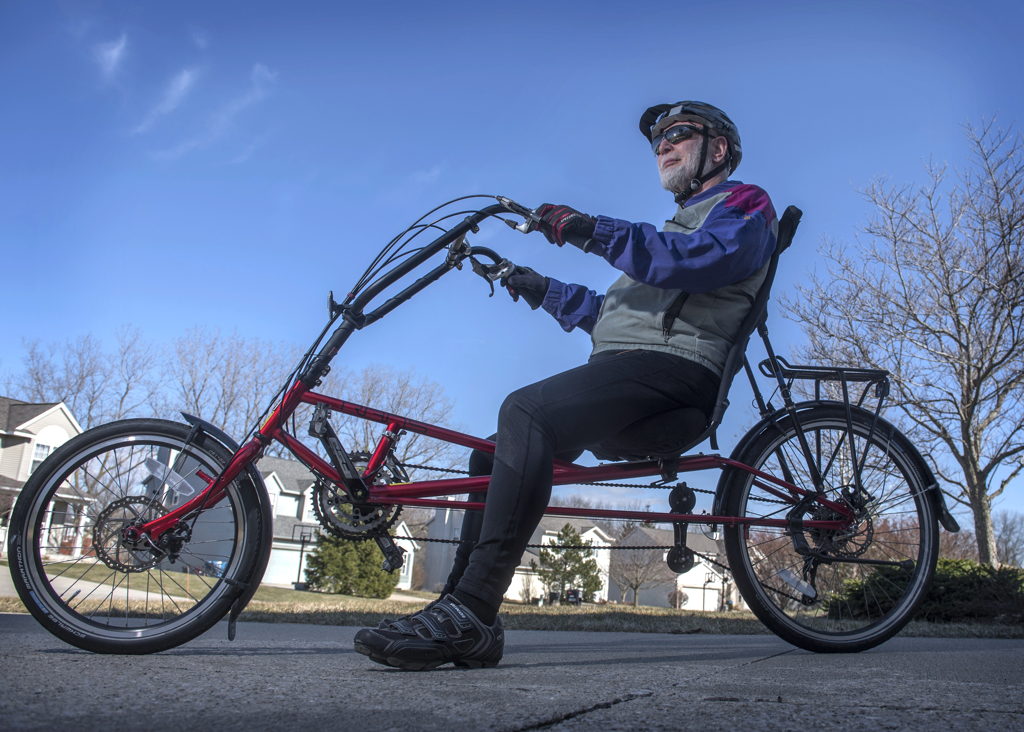

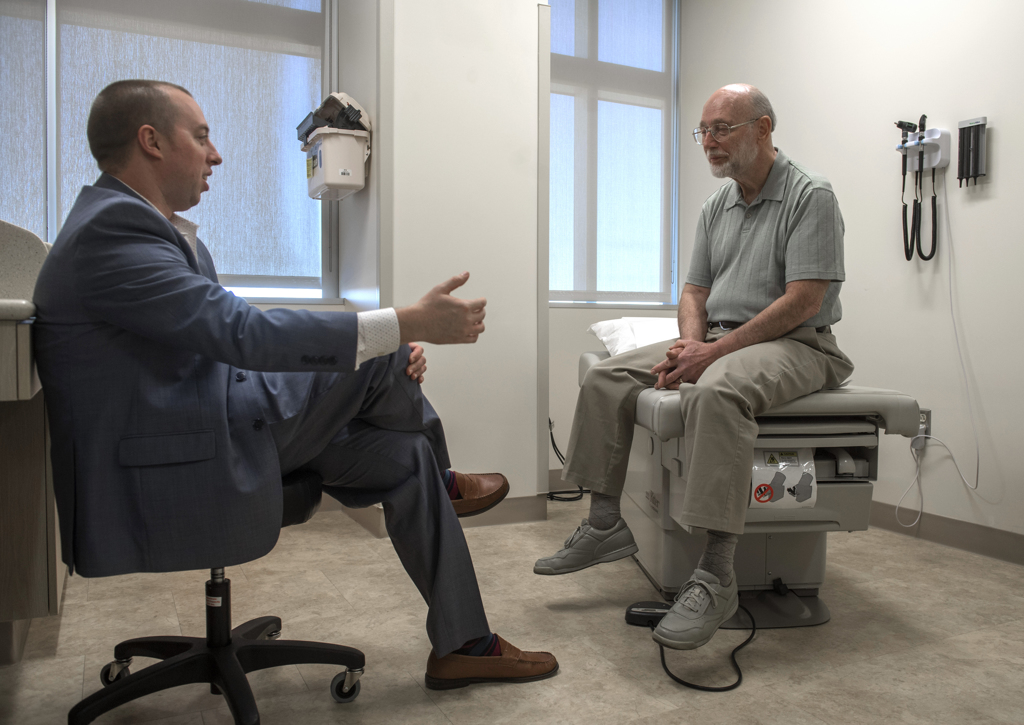
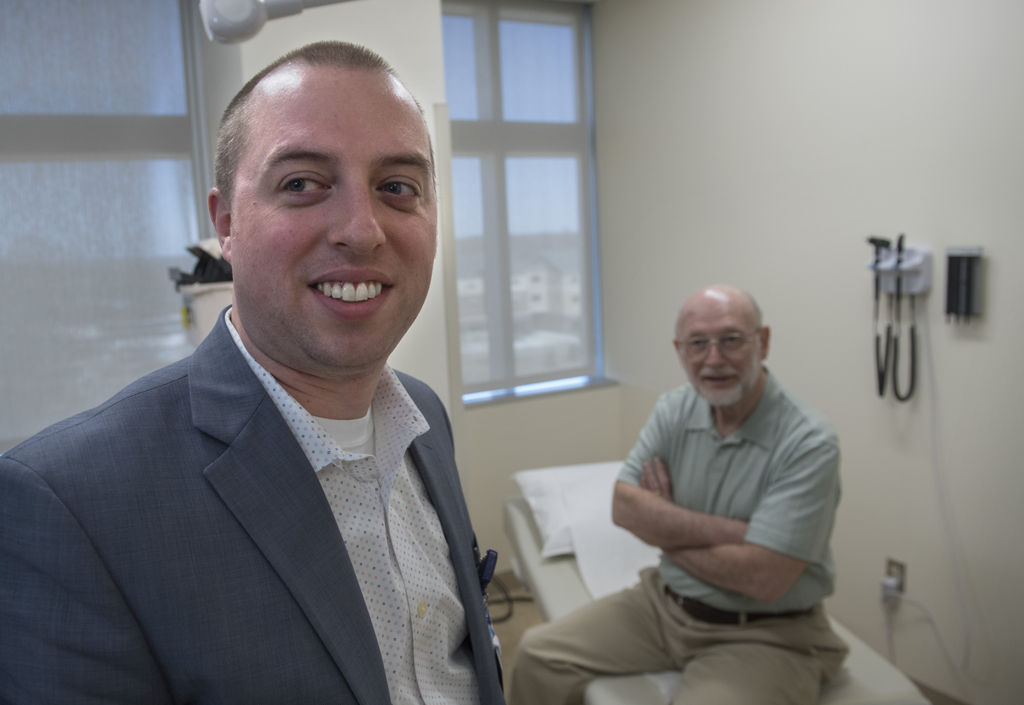
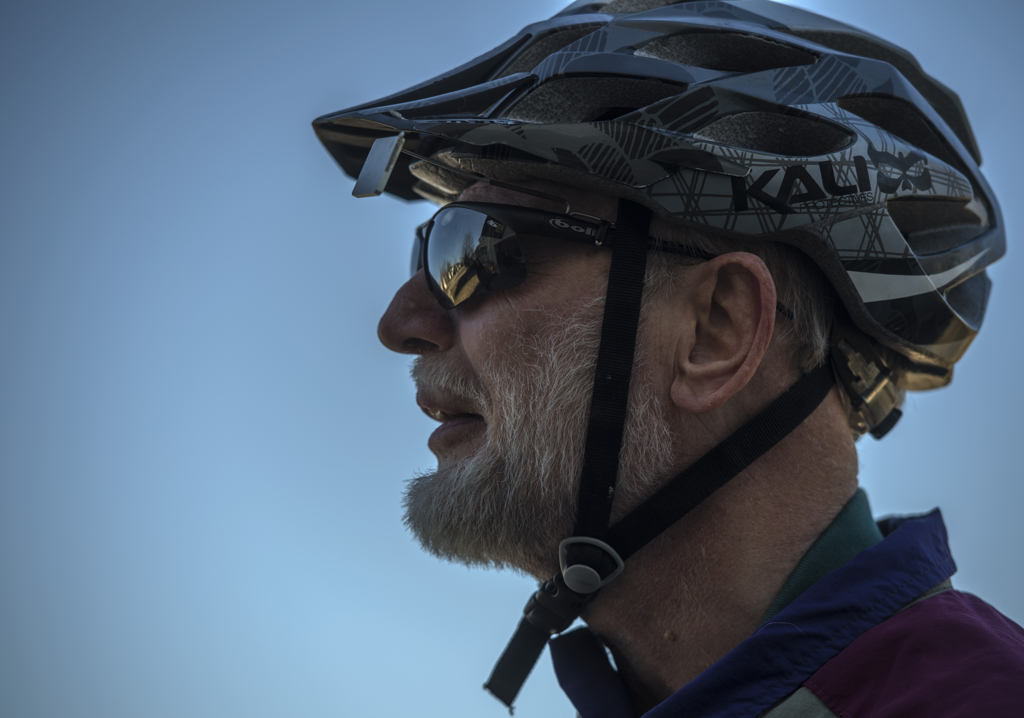
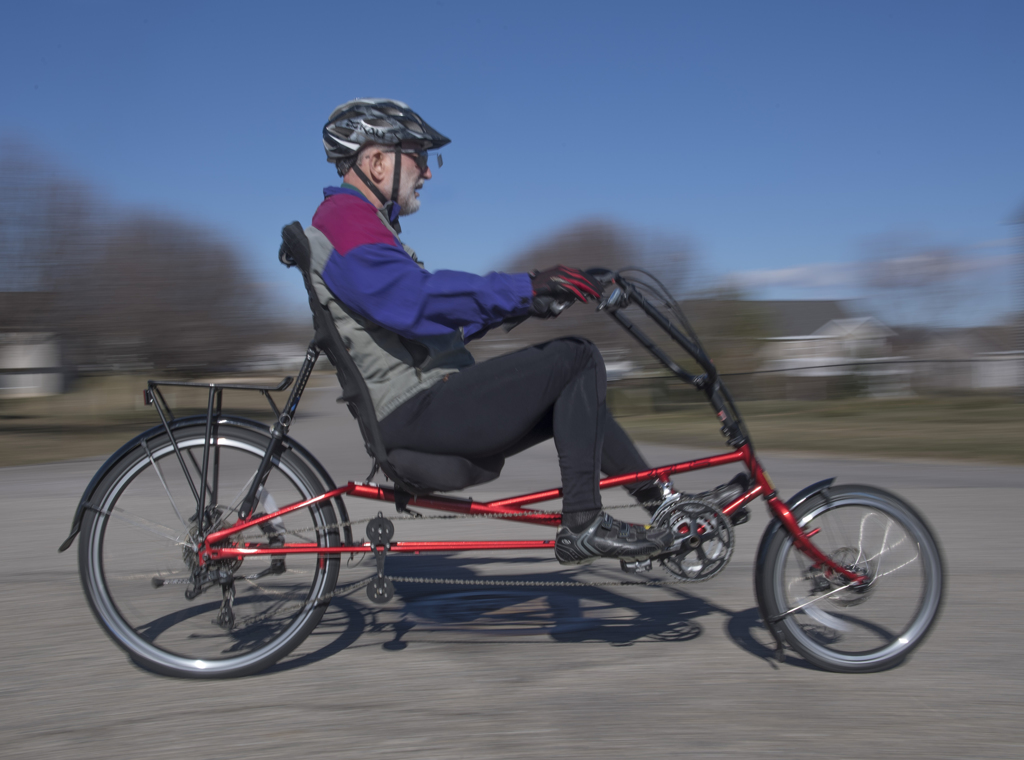



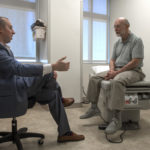
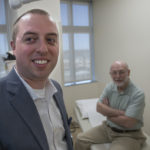


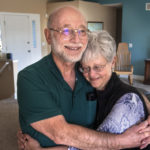
 /a>
/a>
 /a>
/a>
 /a>
/a>